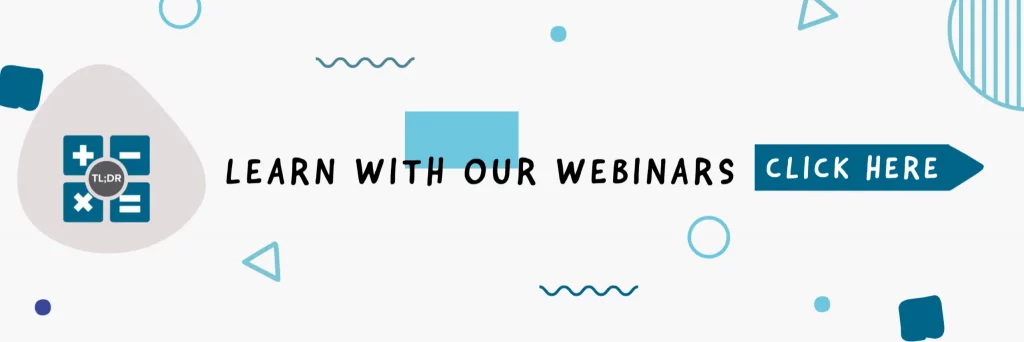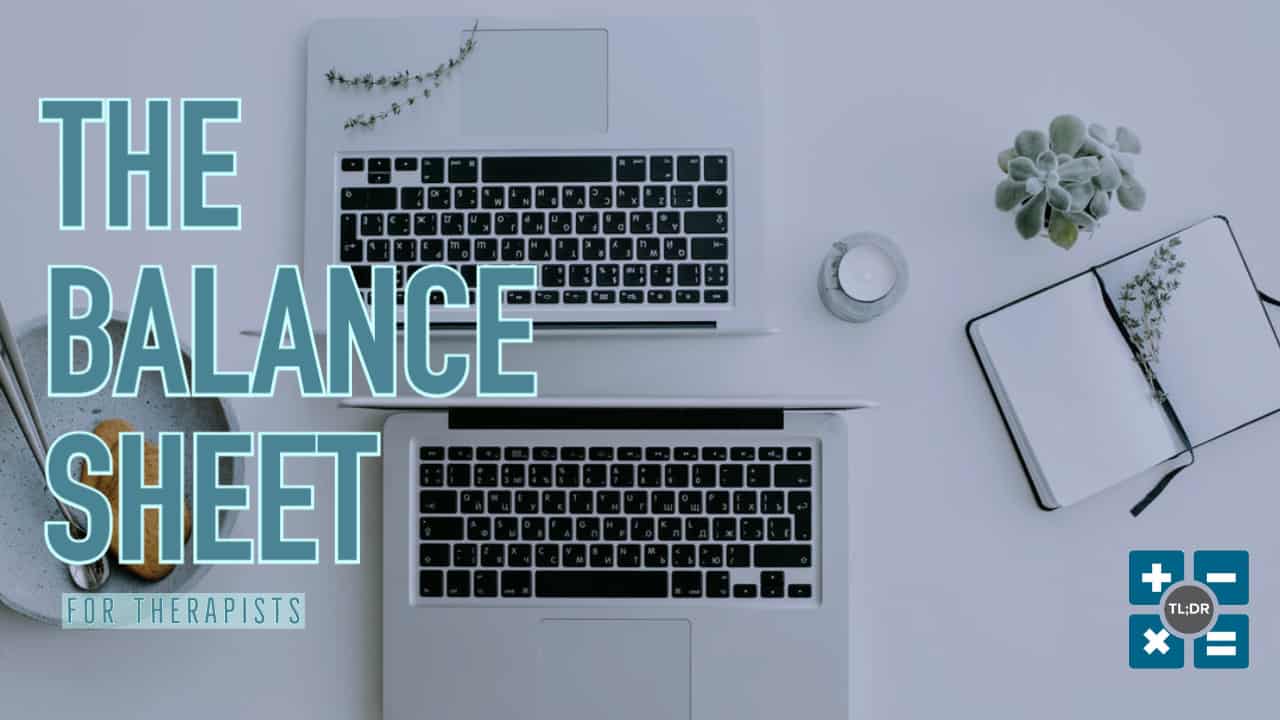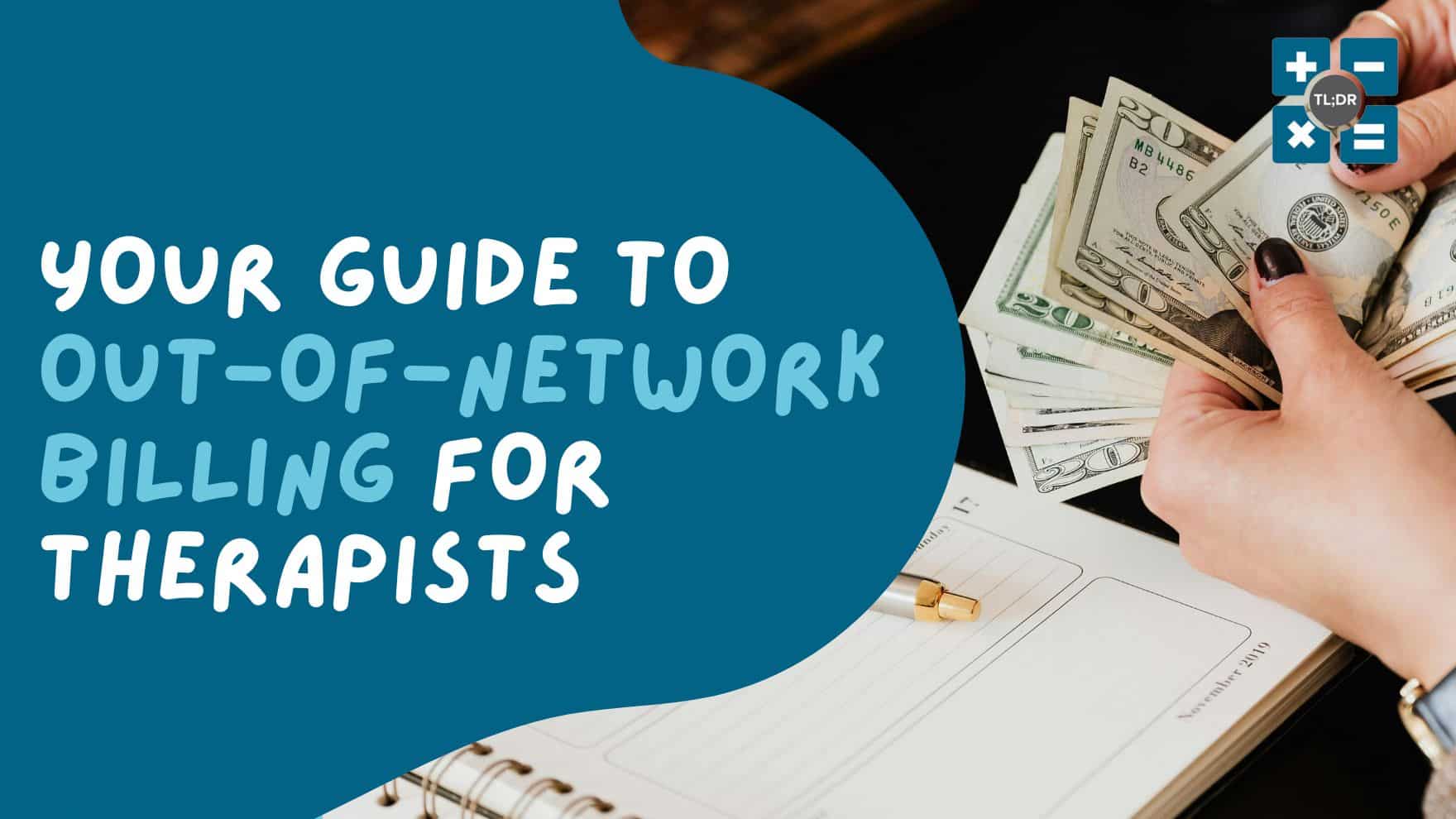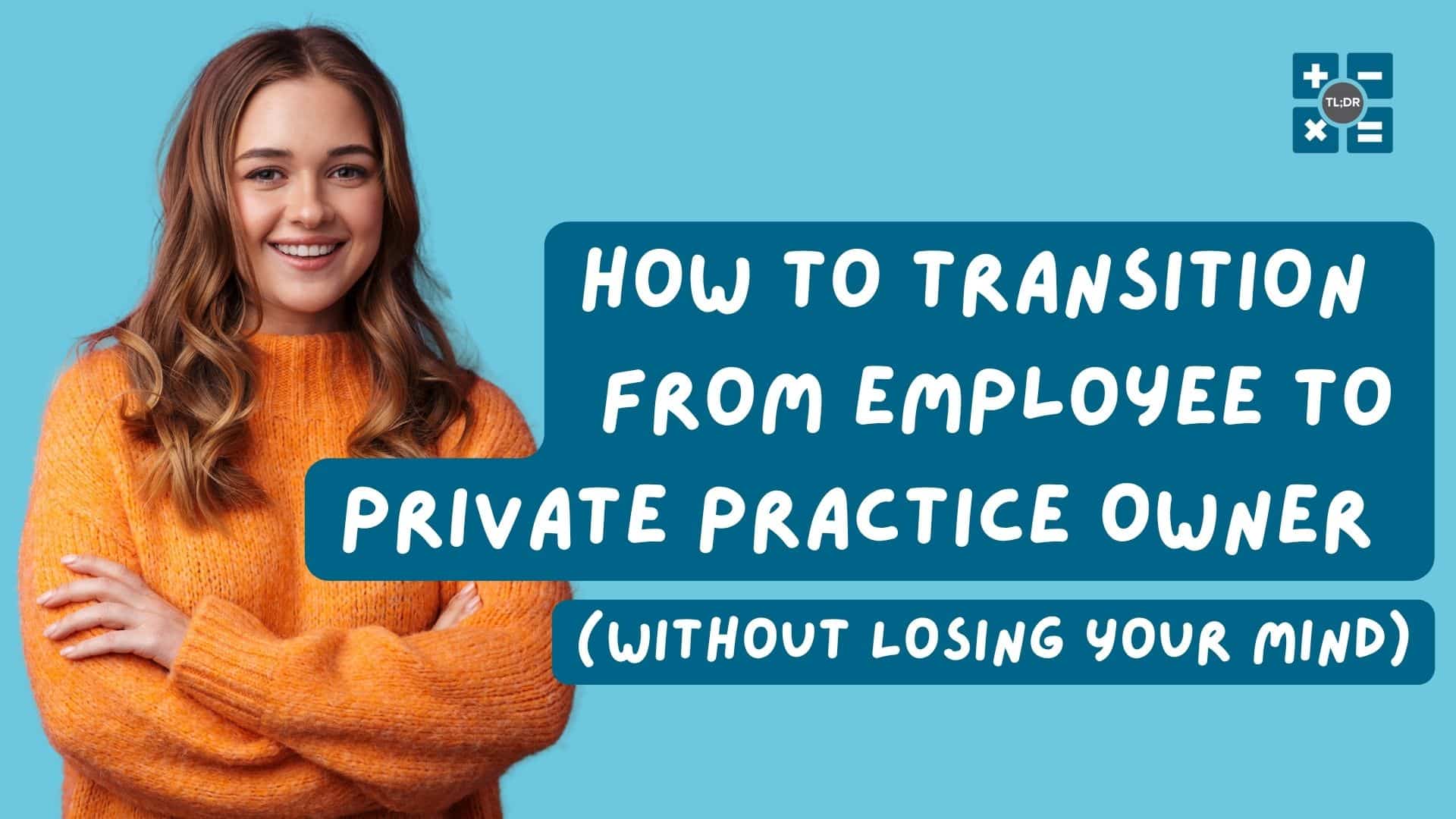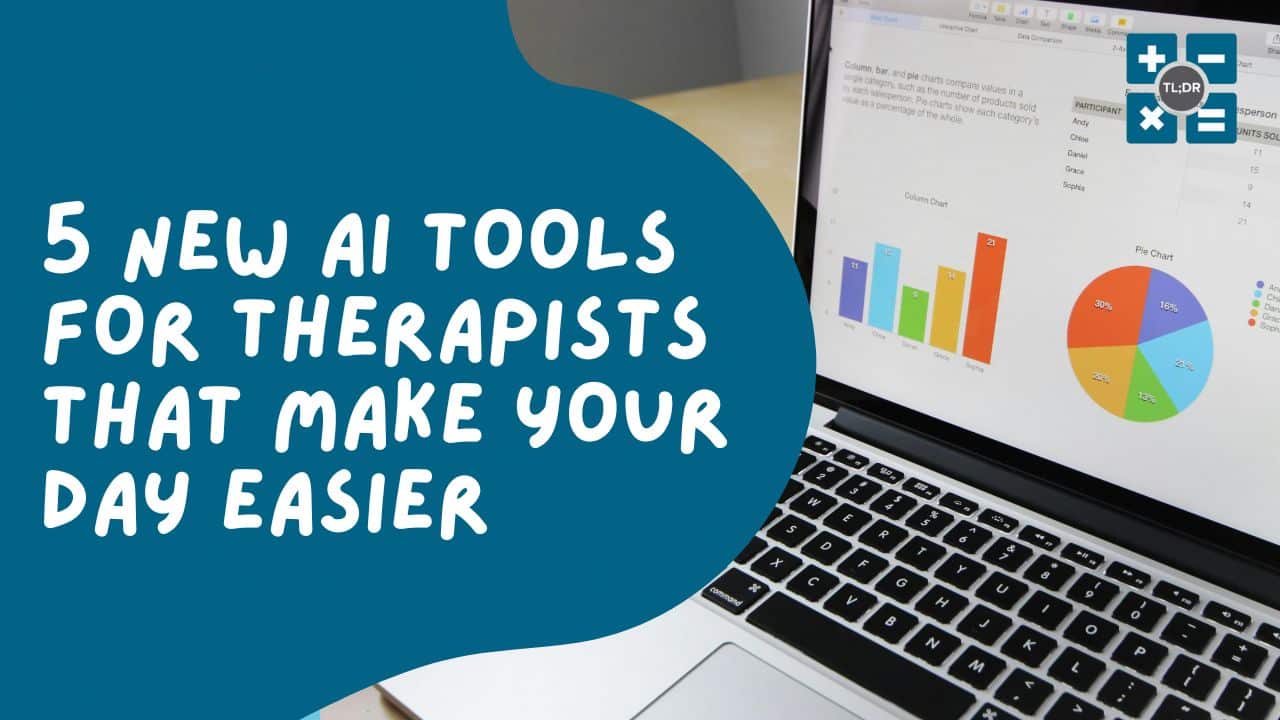We’ve previously covered the Profit & Loss Statement for Therapists, so now it’s time to unpack another important statement: the Balance Sheet.
Think of running a business like filling a bathtub (who doesn’t?): the Profit & Loss is focused on how much water is coming in through the tap and how much water is lost to evaporation. On the contrary, the Balance Sheet looks at the amount of water that is currently inside the tub at a particular point in time.
That’s as far as we can take the metaphor though, otherwise we’ll start talking about owing bathwater to the bank. This is because the Balance Sheet tracks three main things:
- Assets (resources available to your business)
- Liabilities (resources your business owes to others)
- Equity (resources your business owes to you)
We’ll get deeper into what this all means, but in short, the resources your business has available to it are either owned by you or owed to other parties. This is how we get the formula:
Assets = Liabilities + Equity
Let’s start by talking about Assets.
Assets
Assets are resources available to your business. The simplest example is cash, actual money that your business can use to pay suppliers, the landlord, utility companies, and employees. There are many different types of Assets, as well as different ways to categorize them.
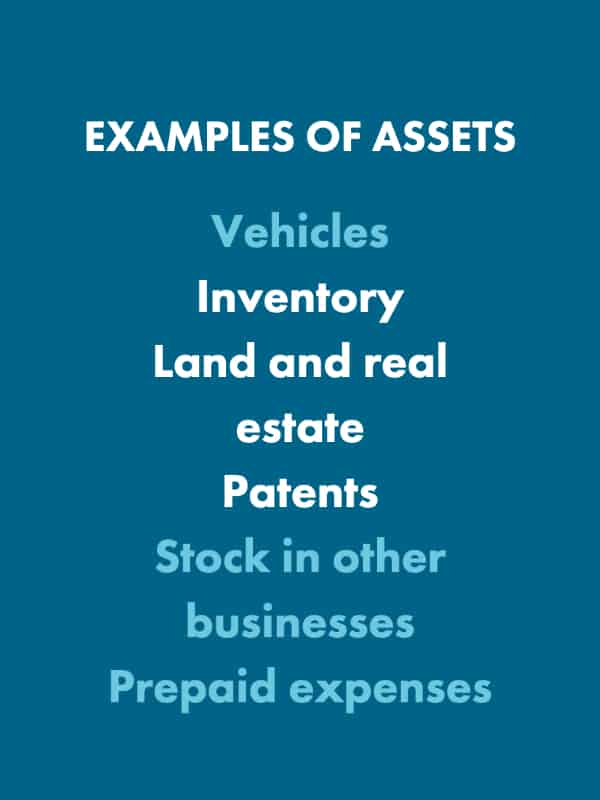
Aside from cash, Assets can be:
- Vehicles,
- Inventory,
- Land and real estate,
- Patents,
- Stock in other businesses, or even
- Prepaid expenses.
Sometimes Assets are categorized as tangible or intangible. Can you literally touch the asset? If it’s a car, then yes. If it’s prepaid rent, of course not!
Another useful way to categorize Assets is by liquidity. Liquidity is how easily the asset can become cash. Indeed, we use the term liquidate to mean selling an asset. In your Balance Sheet, Assets are generally listed in order of liquidity with the most liquid assets at the top, which means cash and bank balances are at the top.
On this note, assets are generally categorized by Current or Non-Current based on whether you expect them to be liquidated within a year. For example: Accounts Receivable, with any luck, should absolutely be collected within a year, hence they are listed in your Current Assets beneath Cash. Assets like buildings and land are generally considered Non-Current, unless you already know that you plan to sell them within a year, in which case you should move them to Current Assets.
Liabilities
Liabilities are in many ways the opposite of assets. They are like negative resources for your business, resources you owe to other parties. Liabilities are often appended with the word “payable” to indicate that they’re meant to be paid out. Examples of liabilities are Accounts Payable, Wages Payable, Interest Payable, and Notes Payable.
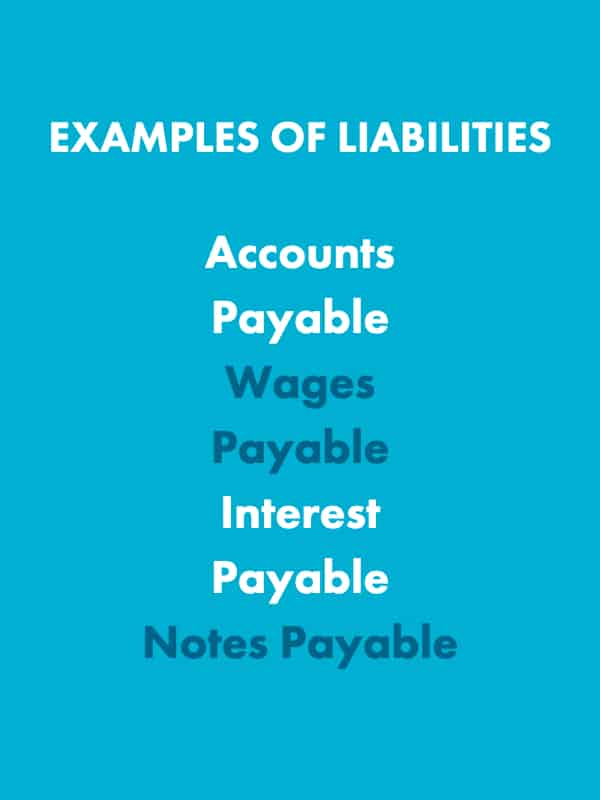
While Assets can be classified as Tangible or Intangible, this isn’t the case with Liabilities. There’s no such thing as a liability that you can touch. Sure, you can pick up your loan documentation, but you can’t literally touch the loan itself.
Liabilities are listed in order of how soon they are expected to be paid, which is analogous to Assets being listed in order of how soon they will be converted into cash. Items like Accounts Payable and Wages Payable should be paid very soon — your suppliers need cash to run their businesses, and workers have rents and mortgages to pay.Notes Payable to the bank, on the other hand, can take years or decades to be fully paid because banks are expected to weather through years of not being paid. (Banks seem to be doing alright anyway.)
One last little wrinkle about Liabilities is that even though you aren’t going to pay off your entire 30-year building mortgage the year after you sign it, you are going to pay some of it. This is commonly called the “Current Portion of Long Term Debt” or a similarly-worded phrase, which refers to the amount that you will pay within a year.
Equity
Out of the three categories on the Balance Sheet, Equity is the trickiest to understand. Equity refers to the amount of the business that you own (along with the other owners of the business, if there are other owners).
Let’s explain this through a simplified example. Let’s say you’re just getting started with your therapy practice. You contribute $10,000 into your business. Your Balance Sheet would look like this:
| Equity | |
| Cash | $10,000 |
| Equity | |
| Owner’s Equity | $10,000 |
Sure, your Balance Sheet as shown in QuickBooks would include a lot of totals and subtotals which would seem unnecessary this early on, but the gist of it is as listed above.
At this point your business does not owe any debt to anyone. Your ownership interest in the business’s assets is 100%, and if the business were liquidated you would get all the proceeds (we’re ignoring taxes and attorney fees and such for this example).
Now, let’s say you buy a laptop with your business credit card. The laptop costs $2,500. You used your card because you wanted to keep a cash cushion available for rents and wage payments. Your balance sheet would look like this:
| Assets | |
| Current Assets: | |
| Cash | $10,000 |
| Non–Current Assets: | |
| Laptop | $2,500 |
| Total Assets: $12,500 | $12,500 |
| Liabilities | |
| Current Liabilities: | |
| Credit Card | $2,500 |
| Equity | |
| Owner’s Equity | $10,000 |
From the moment you swiped your credit card, your business now has Liabilities. Currently they only equal the amount you charged to your credit card, but they will probably include many other kinds of payables in time.
The point is, now your business owes money to someone. This affects what accountants would call your Debt to Equity ratio. Your equity is $10,000, but your business owes $2,500. If your business were liquidated at this point, you would be expected to pay $2,500 to the credit card company before collecting the remainder for yourself.
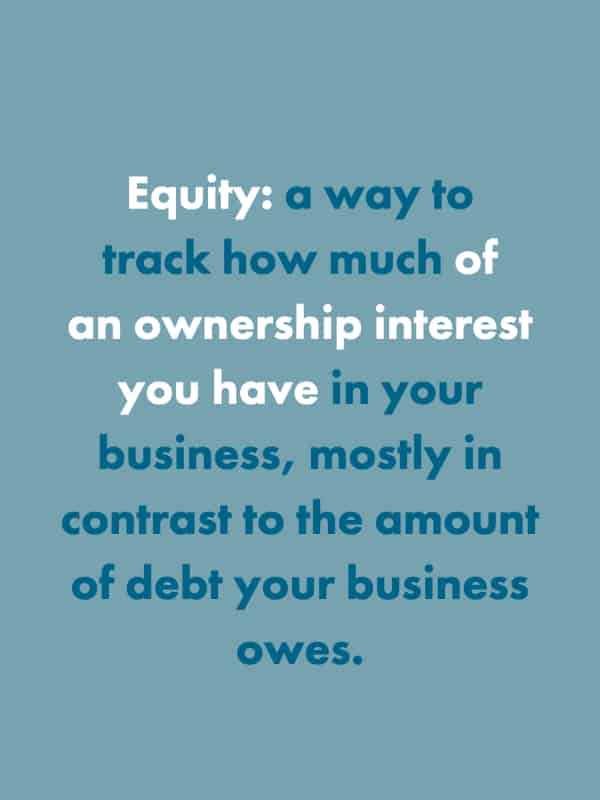
Hopefully this helps explain what equity is: it’s a way to track how much of an ownership interest you have in your business, mostly in contrast to the amount of debt your business owes. Don’t get too wrapped up in the actual dollar amount in equity though, because, as you know, the amount of money you’d get from liquidating your business depends entirely on the negotiated price. The hypothetical buyers of your business aren’t going to necessarily care how much money you put into the business, but they will care about how much your business owes in debt, and they will probably at least take a look at your debt to equity ratio as a metric.
Let’s make a final note about Equity regarding distributions for paying Federal income tax. Distributions go into the Equity section of your business. Distributions are the opposite of Contributions of course — it’s when you take money out of your business. If (like most small business owners) your business is a flow-through entity, it means that while your company files a tax return, it doesn’t technically pay its own income tax. Rather, the business’s income flows through to you and you lump it in with your other income when you file your personal income taxes.
In other words, if your business is a flow-through entity, then it means that Federal income tax is not an expense for your business. It’s a personal expense, which means that from your business’s perspective it is a distribution to you. When you take a distribution from your business, it reduces your equity because you are technically liquidating a small part of your business in order to pay income taxes. This is why Distributions for Federal Income Taxes is an Equity account for you, and it is a negative amount relative to your contributions.
TL;DR: The Balance Sheet shows the resources available to your business, the debts it owes, and your ownership interest in the business. While you probably won’t spend as much time looking at your Balance Sheet as you will with your Profit and Loss, the Balance Sheet is still a very important document for your business. Banks will look at your Balance Sheet when you apply for a business loan. If the whole point of the Balance Sheet still isn’t quite clicking with you, give us a call and we’ll walk you through it!
